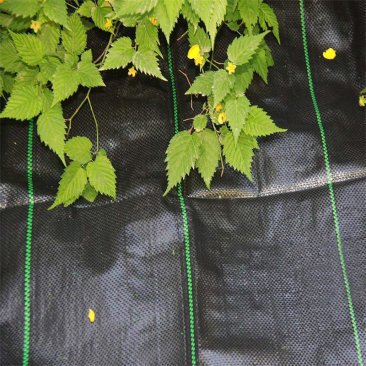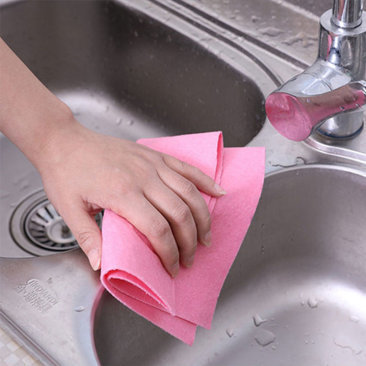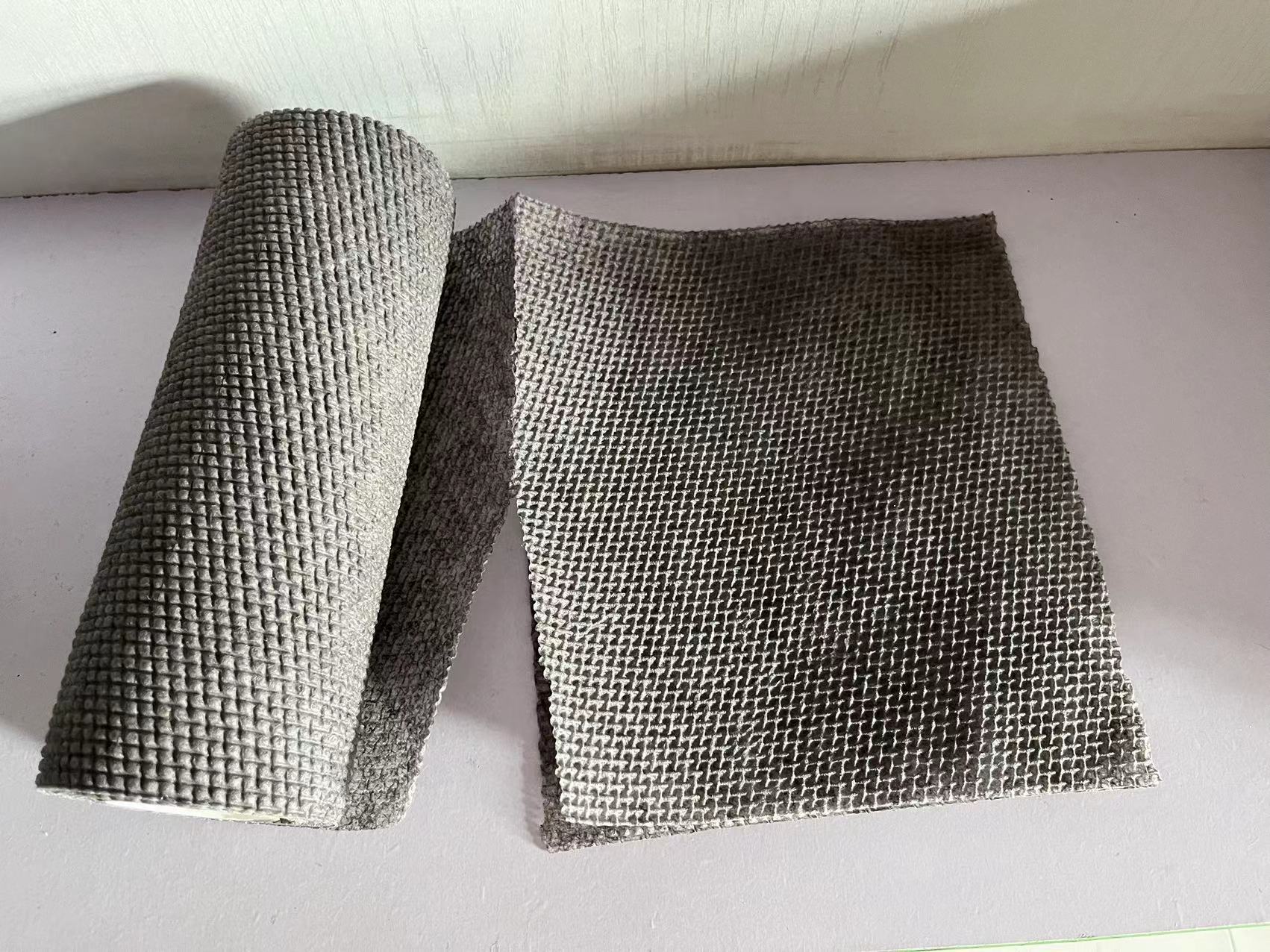24
2025
-
05
Innovative Applications of PP Nonwoven Fabric You Need to Know
Innovative Applications of PP Nonwoven Fabric You Need to Know Table of Contents 1. Introduction to PP Nonwoven Fabric 2. Understanding PP Nonwoven Fabric 3. Benefits of PP Nonwoven Fabric 4. Revolutionary Healthcare Applications 5. Agricultural Uses of PP Nonwoven Fabric 6. Construction Innovations Featuring PP Nonwoven Fabric 7. Automotive Applications of Nonwove
Innovative Applications of PP Nonwoven Fabric You Need to Know
Table of Contents
- 1. Introduction to PP Nonwoven Fabric
- 2. Understanding PP Nonwoven Fabric
- 3. Benefits of PP Nonwoven Fabric
- 4. Revolutionary Healthcare Applications
- 5. Agricultural Uses of PP Nonwoven Fabric
- 6. Construction Innovations Featuring PP Nonwoven Fabric
- 7. Automotive Applications of Nonwoven Fabric
- 8. Future Trends in Nonwoven Fabric Technology
- 9. FAQs about PP Nonwoven Fabric
- 10. Conclusion
1. Introduction to PP Nonwoven Fabric
Polypropylene (PP) nonwoven fabric is rapidly emerging as a preferred material in a variety of industries due to its unique properties and versatile applications. This article delves into the innovative uses of PP nonwoven fabric, highlighting its significance in modern manufacturing and technology. With its lightweight, durable, and cost-effective nature, PP nonwoven fabric is redefining standards across various sectors.
2. Understanding PP Nonwoven Fabric
PP nonwoven fabric is engineered from polypropylene fibers, which are bonded together through mechanical, thermal, or chemical processes. Unlike woven fabrics, nonwoven materials are produced without the traditional weaving process, leading to unique characteristics such as breathability, flexibility, and resistance to stretching and shrinking. These fabrics can be manufactured in various weights, making them suitable for different applications.
What Makes PP Nonwoven Fabric Unique?
The unique attributes of PP nonwoven fabric include:
- **Lightweight**: Easy to handle and transport.
- **Water-resistant**: Effective in moisture management.
- **Breathable**: Allows air circulation while blocking particulates.
- **Durable**: High tensile strength for various applications.
- **Customizable**: Can be treated or coated to achieve desired properties.
3. Benefits of PP Nonwoven Fabric
The advantages of PP nonwoven fabric are extensive, making it increasingly popular in multiple industries. Some key benefits include:
Cost-Effectiveness
Manufacturing PP nonwoven fabric involves lower production costs compared to traditional textiles. This financial efficiency allows businesses to leverage high-quality materials without breaking the bank.
Environmental Sustainability
PP nonwoven fabrics are principally recyclable and can contribute to sustainable practices in manufacturing. Their lightweight nature also reduces transportation emissions.
Versatility
The adaptability of PP nonwoven fabric allows it to be utilized in a range of applications, from disposable medical gowns to robust construction materials.
4. Revolutionary Healthcare Applications
In the healthcare sector, PP nonwoven fabrics are fundamentally transforming patient care and safety protocols.
Medical Textiles
PP nonwoven fabrics are extensively used in the production of surgical gowns, masks, and drapes. Their breathable yet protective nature enhances the safety of both healthcare professionals and patients.
Hygiene Products
The hygiene industry benefits from PP nonwoven fabric’s softness and absorbency, making it ideal for products such as diapers and feminine hygiene products. These materials provide comfort while maintaining hygiene standards.
Wound Care
In wound management, PP nonwoven fabric serves as an excellent barrier against bacteria while allowing for moisture control, promoting effective healing.
5. Agricultural Uses of PP Nonwoven Fabric
Agriculture is another industry where PP nonwoven fabric is making significant strides.
Weed Control Fabrics
Farmers utilize PP nonwoven fabric as weed control mats, effectively suppressing unwanted plant growth while allowing air and moisture to permeate the soil.
Crop Protection
PP nonwoven fabric is often used in crop protection covers, shielding plants from harsh weather conditions and pests, ultimately enhancing yield.
Seedling Production
In seedling production, PP nonwoven fabrics create optimal growing environments, promoting healthy development.
6. Construction Innovations Featuring PP Nonwoven Fabric
In the construction sector, the durability and versatility of PP nonwoven fabric are being harnessed in innovative ways.
Geotextiles
PP nonwoven fabrics serve as geotextiles in soil stabilization projects, helping prevent erosion and managing groundwater.
Insulation Materials
The fabric's thermal properties are being explored for insulation applications, providing energy efficiency in buildings.
Sound Barriers
PP nonwoven fabrics are also being implemented as sound barriers in construction, improving noise control in urban settings.
7. Automotive Applications of Nonwoven Fabric
The automotive industry is leveraging the benefits of PP nonwoven fabric to enhance vehicle design and functionality.
Interior Upholstery
PP nonwoven fabric is increasingly being used for car interiors, including seat covers and headliners, due to its durability and aesthetic qualities.
Sound Absorption
The sound-absorbing properties of nonwoven fabric contribute to quieter cabins, enhancing the overall driving experience.
Lightweight Components
Automakers are integrating PP nonwoven materials into lightweight components, contributing to fuel efficiency.
8. Future Trends in Nonwoven Fabric Technology
The evolution of PP nonwoven fabric technology promises exciting developments in the near future.
Sustainable Innovations
With increasing emphasis on sustainability, we anticipate more eco-friendly manufacturing processes, including the use of biodegradable materials.
Smart Textiles
The integration of technology into textiles, such as the development of smart nonwoven fabrics that respond to environmental changes, is on the horizon.
Enhanced Functionalities
Future innovations may include multifunctional nonwoven fabrics that combine properties such as moisture-wicking, antimicrobial features, and UV protection.
9. FAQs about PP Nonwoven Fabric
What is PP nonwoven fabric made of?
PP nonwoven fabric is primarily made from polypropylene fibers that are bonded via mechanical, thermal, or chemical processes.
What are the key advantages of using PP nonwoven fabric?
The key advantages include cost-effectiveness, durability, versatility, lightweight nature, and environmental sustainability.
How is PP nonwoven fabric used in healthcare?
It is used in various applications such as surgical gowns, masks, and hygiene products, contributing to enhanced patient safety and comfort.
Can PP nonwoven fabric be recycled?
Yes, PP nonwoven fabric is recyclable, making it an environmentally friendly option in many applications.
What are the future trends for PP nonwoven fabric?
Future trends include sustainable innovations, the development of smart textiles, and enhanced functionalities for various applications.
10. Conclusion
The innovative applications of PP nonwoven fabric are transforming numerous industries, from healthcare and agriculture to construction and automotive. As we continue to explore and harness its unique properties, the future of PP nonwoven fabric looks promising. Understanding its multifaceted benefits and diverse applications enables businesses to adapt and thrive in a competitive landscape. By embracing this versatile material, industries can not only improve efficiency but also contribute to a more sustainable future.
PP nonwoven fabric












